2024-11-12
The "WTA·Xianghu Dialogue 2024" was recently held in Sanya, Hainan, where global tourism leaders gathered to share insights on the topic "Destination Innovation and Experience Enhancement in China-Europe Tourism".
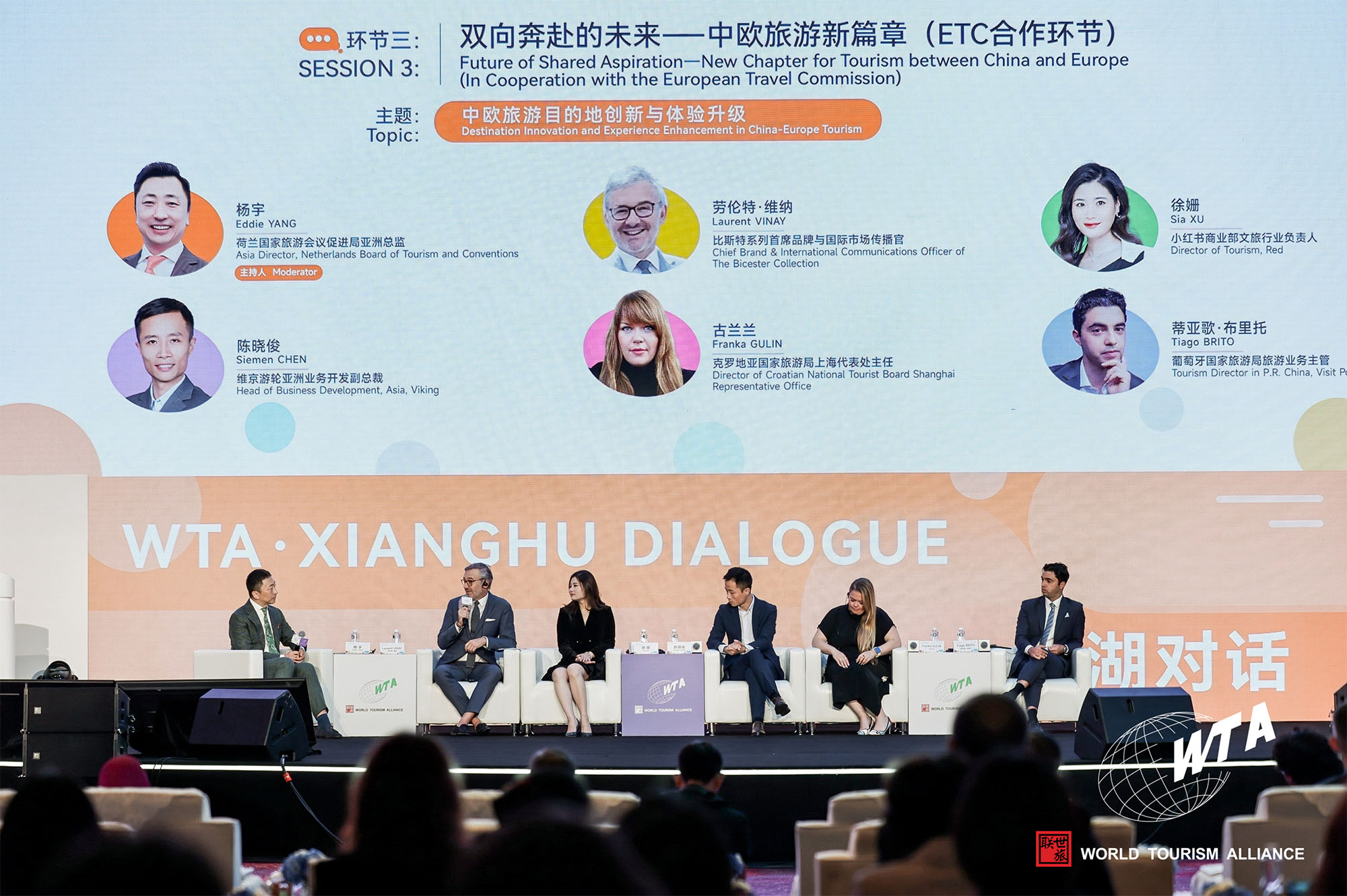
Moderator: Mr. Eddie YANG, Asia Director, Netherlands Board of Tourism and Conventions
Panelists:
Mr. Laurent VINAY, Chief Brand & Intemmational Communications Officer of The Bicester Collection
Ms. Sia XU, Director of Tourism, Red
Mr. Siemen CHEN, Head of Business Development, Asia, Viking
Ms. Franka GULIN, Director of Croatian National Tourist Board Shanghai Representative Office
Mr. Tiago BRITO, Tourism Director in P.R. China, Visit Portugal
Here is a transcript of the discussion:

Moderator: Innovation in destinations and upgraded travel experiences have been integral to the growth of Europe-China tourism. Since the end of the pandemic, what major changes have taken place in the experiences offered at travel destinations?
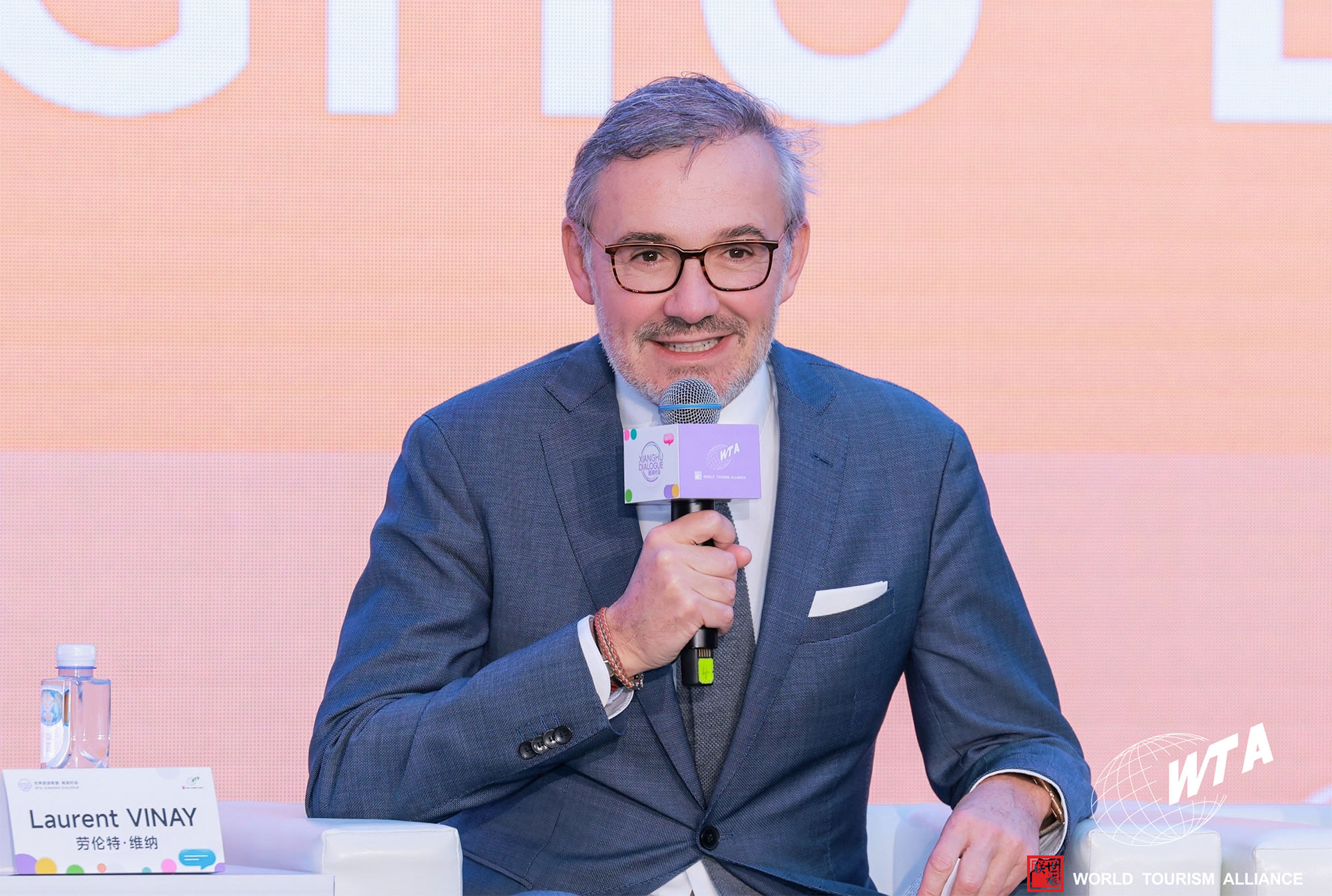
Mr. Laurent VINAY: With the pandemic behind us, people increasingly seek more relaxed environments and the importance of meaningful social interactions has grown, highlighting new demands that we address. As a global leader in the tourism sector, Bicester remains committed to offering unparalleled travel experiences. We provide high-end, serviced apartments, serving countless visitors annually. In addition to our serviced apartments, our resorts also offer luxury shopping experiences. Presently, we operate in 12 global tourist shopping destinations, with entertainment facilities near London and New York, as well as two coastal hotels in California. Our extensive product line covers various travel and holiday scenarios. In 2025, we will celebrate an important anniversary, and we look forward to sharing this occasion with everyone.

Ms. Sia XU: Red has a user base of 300 million, with 50% users being Gen Z users from China’s major cities. Post-pandemic, China’s young generation is eager to reconnect with local cultures and urban life. They have adopted the habit of “visiting temples” to seek inner peace between work and school commitments, a trend popular among both Gen Z and millennials. We’ve also noticed that when planning international trips, these young users often start searching four months in advance, focusing on destinations that offer specific experiences, like viewing the northern lights or glacier hiking. This generation is seeking deeper cultural interactions rather than superficial sightseeing. One new trend we’ve observed is the rise of the “laid-back traveler”, as young people are increasingly looking to unwind and experience slower-paced lifestyles. During the recent National Day holiday, many traveled to cities like Jingdezhen, Quanzhou, and Taizhou to delve into the rich ceramic culture, from lounging in cat cafes to engaging in pottery making, deeply experiencing local traditions.
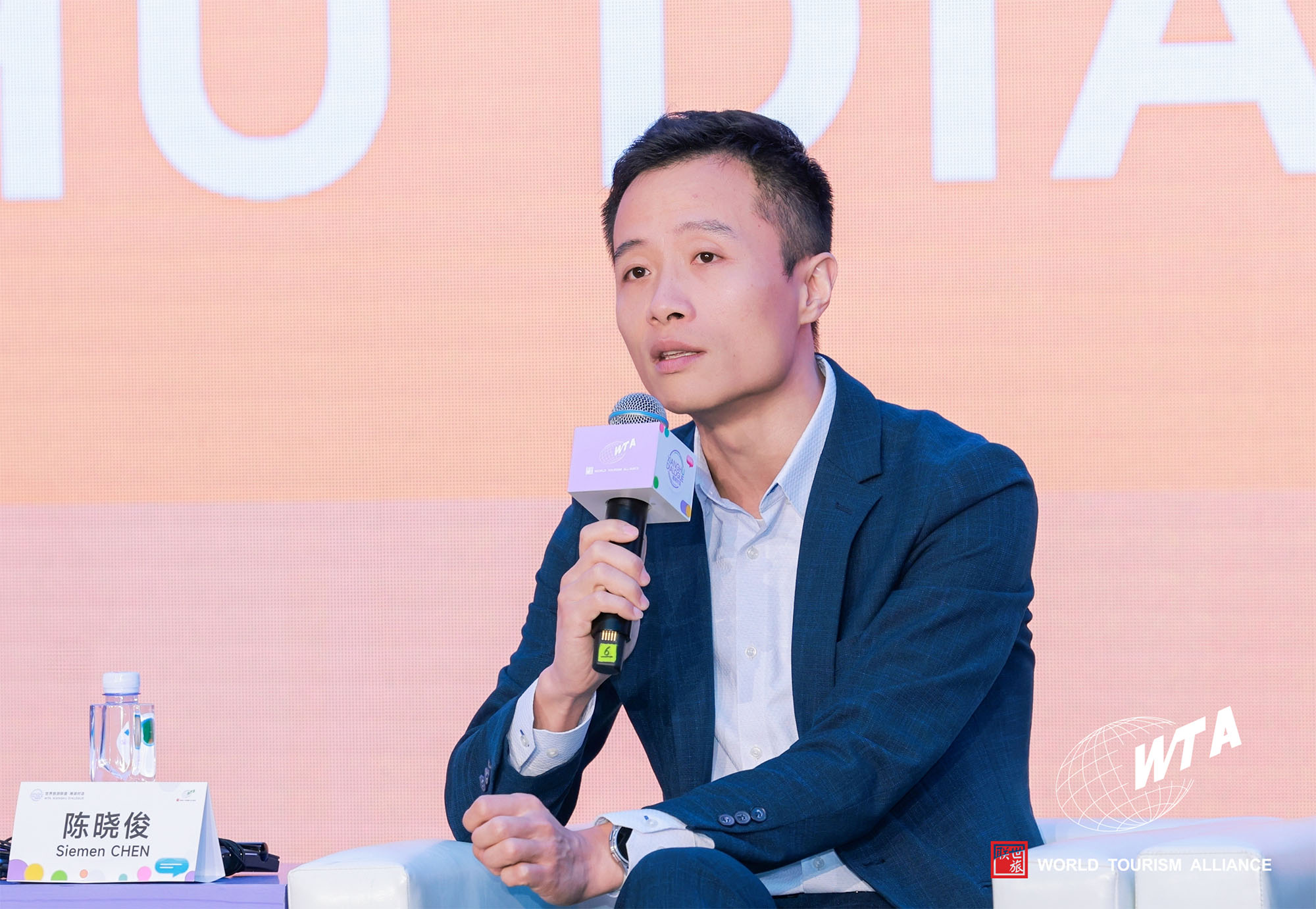
Mr. Siemen CHEN: Post-pandemic, travelers are expecting more unique experiences, and cruises have evolved from mere transportation to platforms for comprehensive experiences. Viking ranks among the few companies offering both river and ocean cruises, and we’re the leader in the global river cruise sector while also being highly competitive in ocean cruises. Since 2019, we’ve been expanding our presence in the Chinese market, with four cruises tailored to Chinese travelers, offering fully Mandarin services on the Rhine and Donau Rivers. For those new to our cruises, we emphasize that our ships are not just transport but “floating hotels” that allow guests to explore the world while enjoying the comfort of home. We’ve also partnered with Shanghai University for the Elderly, inviting expert lecturers to introduce guests to European culture, music, and cuisine. Through this interactive approach, we aim to inspire a desire for the European experience in our guests — an experience that begins even before they choose their products and continues all the way to their destination.
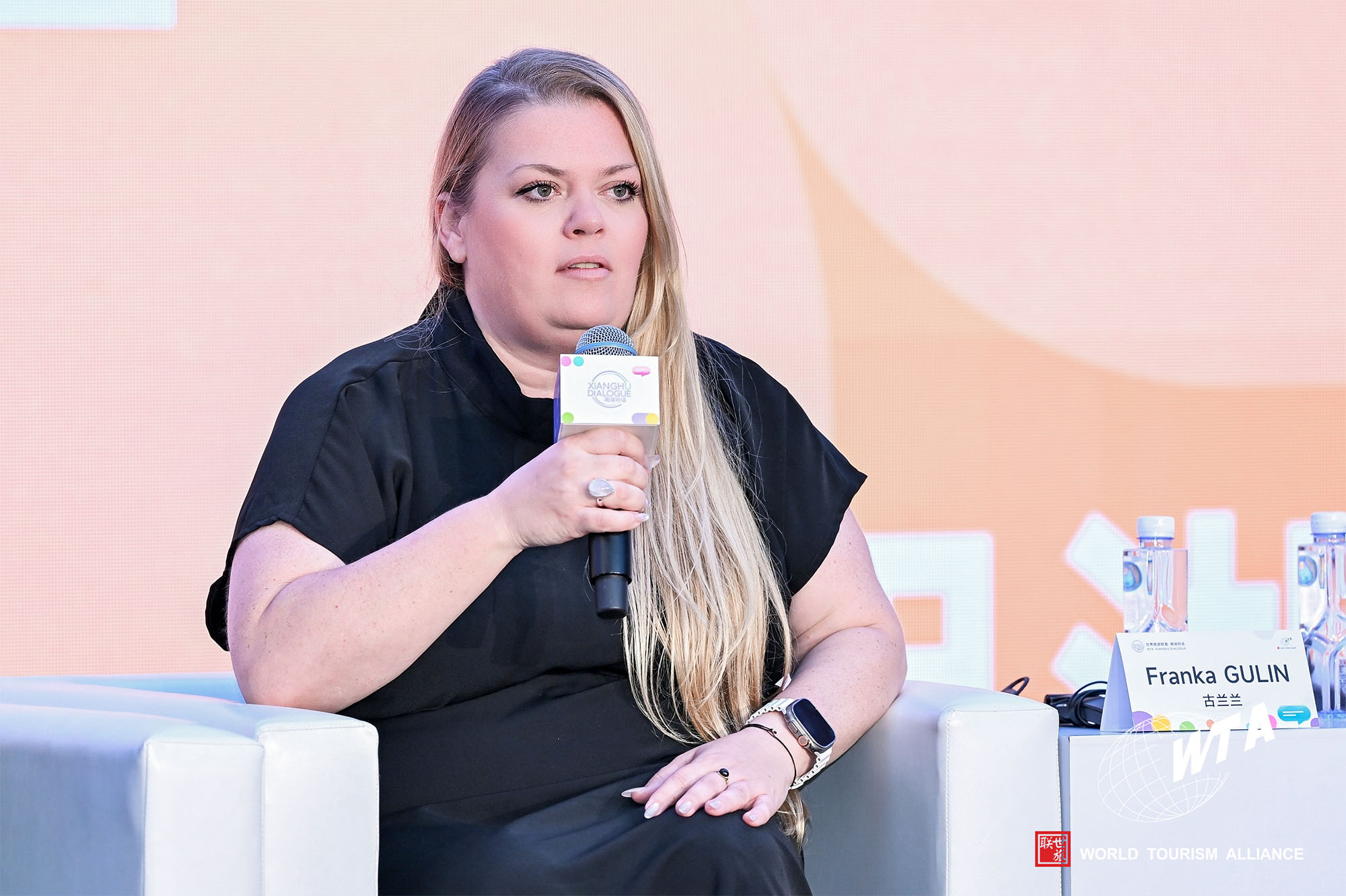
Ms. Franka GULIN: The Croatian National Tourist Board is a government entity focused on promoting Croatia’s international tourism strategy. We’re active in over 80 overseas markets, with China being a key market since the second half of 2018. Through the challenges of the pandemic, we’ve learned to better adapt and manage change. Croatia boasts not only abundant natural resources and popular attractions but also offers travelers the chance to explore off-the-beaten-path destinations. Our goal is to provide visitors with authentic local experiences, whether it’s a leisurely city walk, a stay with local families, or enjoying traditional cuisine. With the global tourism industry recovering in 2023, we’ve introduced more unique products for the Chinese market and strengthened communication with visitors through social media platforms. We look forward to welcoming more Chinese travelers to Croatia for in-depth exchanges with locals.
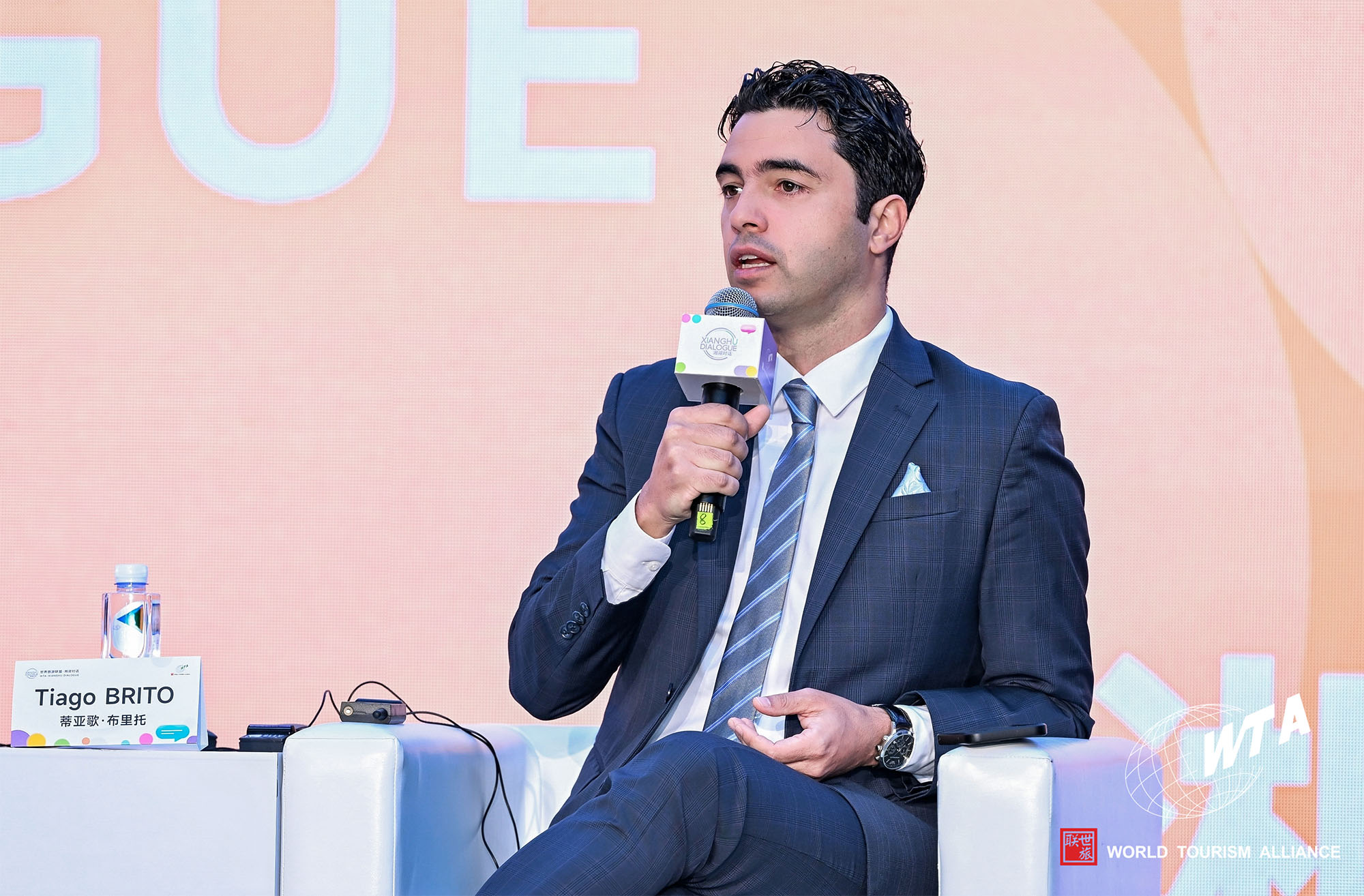
Mr. Tiago BRITO: At Visit Portugal, our mission is to promote Portugal’s unique attractions and services as a travel destination. China is a very important source market for us, and we’ve had a permanent office here since 2014. Each region in Portugal has something unique to offer. For instance, the Douro wine region in Guarda, recognized as a UNESCO World Cultural Heritage site, offers breathtaking landscapes where visitors can stay on local farms and experience the joy of harvest, creating an immersive, hands-on experience. In Porto, one of Portugal’s largest cities, our wine museum provides a comprehensive experience, from wine tasting to interactive exhibits on the winemaking process. The museum also uses multimedia technology to allow visitors to experience historical events like the 1755 Lisbon earthquake, wartime life, and even participate in role-playing activities. Our literary tours are also highly recommended, as Portugal is home to Nobel laureates and famous writers, allowing tourists to delve into Portuguese culture through literature.
Moderator: As we see trends in tourism destination innovation and experience enhancement, what specific actions have been taken in response?
Mr. Laurent VINAY: We’ve implemented several specific initiatives, including establishing visitor service centers that provide guided services, shopping assistance, and relevant training programs. We also use tailored communication strategies to enhance service quality. For example, on the booking day, we print personalized name tags for VIP guests and identify their specific interests to prepare accordingly, guiding them to destinations they are likely to enjoy. This approach focuses on privacy and individuality, helping our guests escape the bustle of urban life. At its core, it’s about a deep commitment to people-centered care. We also recognize that in the past, our understanding of the local community was somewhat limited. Moving forward, we aim to deepen our knowledge of local culture and create more meaningful cultural experiences. For instance, by collaborating with landscape designers and artists, we aim to offer a more authentic cultural environment for visitors, offering a deeper cultural understanding through experience.
Ms. Sia XU: At Red, 90% of our content is created by everyday users. This year, we introduced a dedicated travel section to leverage our platform and community influence to help promote tourism. For example, during this year’s National Day holiday, we launched the “Guardian of Temples” campaign in Shanxi, inspired by the popular AAA game Black Myth: Wukong, which significantly boosted local tourism. We also provide opportunities for deeper cultural experiences. In May, we recruited diverse groups—including white-collar workers, couples, families, and professional travel bloggers—for skydiving trips to enjoy Earth’s beauty from above. Supported by the New Zealand Tourism Board and local airlines, participants remarked on the unparalleled beauty of the blue oceans and islands. Our glacier hiking activity sparked trending topics like “World at Leisure” and “New Zealand in Off-Season”, offering visitors a sense of renewal. Additionally, our “New Zealand Off-Season Travel” campaign led to a 130% increase in user engagement. In short, we’re witnessing the rise of many new and exciting experiences and look forward to sharing more unique travel destinations with our audience.
Mr. Siemen CHEN: Since our initial entry into the Chinese market in 2016, we’ve taken a unique approach compared to other operators. Unlike the common practice of chartering ships or arranging short-term partnerships, we dedicated four core vessels exclusively to the Chinese market, staffed with a Chinese-speaking crew and providing an extensive Chinese menu. Our shore excursions are also custom-designed. At the airport, Chinese-speaking concierge staff are on hand to provide a warm and welcoming experience. While aboard the ship, guests can enjoy familiar cuisine, hot tea, and attentive service in their native language. Once onshore, local guides offer deeper insights into each destination. Our goal has always been to create a “second home” for our Chinese guests in Europe, where they can experience foreign cultures while feeling right at home. Post-pandemic, there has been a growing demand for in-depth travel experiences, and we’re currently adjusting our products to better meet the unique needs of Chinese travelers.
Ms. Franka GULIN: From the beginning, we have focused on the role of local cuisine in enhancing travel experiences. We aim to provide affordable, high-quality local food, as cuisine plays a crucial role in shaping a journey’s quality. We’ve taken specific steps to meet market demands, especially those of small trade partners and businesses. Beyond traditional restaurant or local tour experiences, we offer more enriching schedules that allow guests to shop for fresh ingredients in local markets, watch artisans at work, sample wines, and immerse themselves in local activities. By highlighting Croatia’s unique appeal, we aim to attract a broad range of visitors and boost brand recognition, making Croatia a distinctive choice. As a small-to-medium-sized country and tourist destination, I believe we still have great potential, and competition will serve as a powerful driver for offering more high-quality products and services.
Mr. Tiago BRITO: Digital technology has become a foundational pillar, playing an essential role in promoting tourism. Government tourism agencies must adopt forward-thinking and strategic approaches to manage future changes. Since 2014, we’ve witnessed the influence of the Fourth Industrial Revolution, driving the tourism industry into the 4.0 era. We launched our digital transformation journey, with our tourism innovation center taking on a strategic role, involving global players like Google and Microsoft as well as local companies, each contributing significantly. Our goal is to inspire innovation, encourage investments, train companies in capability-building, and foster digital thinking and skills. Along the way, we’ve gained a better understanding of the challenges within the industry. Since 2019, we’ve been developing virtual concierge services to provide real-time support and improve foreign visitors’ experiences. AI-powered language models help drive business progress and inspire innovation across all stakeholders. In the field of innovation, China is a global leader, particularly excelling in digital innovation, and we are committed to continually enhancing our business ecosystem in the Chinese market.
Moderator: It’s true that today’s tourism industry, both online and offline, is increasingly utilizing technology to offer faster and more convenient services. There’s a strong sense of optimism about the future, and the potential seems limitless. How can we accurately seize this opportunity?
Mr. Laurent VINAY: Our core focus is on integrating AI. We aim to weave AI into the experience at our shopping villages, enhancing the memories guests take with them long after they’ve left. We hope to foster deeper interactions with our guests that linger in their memories. As American civil rights leader Maya Angelou once said, “People will forget what you said, they’ll forget what you did, but they’ll never forget how you made them feel”.
Ms. Sia XU: Red stays closely connected to consumers in the tourism field, and we’re focusing on two main areas. First, we aim to leverage Red’s commercial capabilities to identify and share new travel trends and demands with our partners and users. Second, we’re committed to helping develop distinctive travel products. For example, in Japan, we helped our partners create seven unique travel destinations. Now, besides the traditional hot spring trips to Hokkaido in winter, tourists can explore these emerging spots for a fresh experience.
Mr. Tiago BRITO: We all see the value of AI technologies like large language models. At the same time, we need to maintain a warm human connection to balance technology with interpersonal interaction. This balance is central to the development of nations, individuals, and communities. In Portugal, we’ll focus even more on welcoming guests with genuine hospitality and care.
Ms. Franka GULIN: Everyone is talking about AI today. With new technologies, emerging projects, and increased community involvement, the tourism experience is evolving. We need to adopt more sustainable approaches, actively using AI to drive this transformation.
Mr. Siemen CHEN: AI has proven to be a valuable support for our products, complementing the personalized services we offer. Technology helps us provide 24/7 service coverage, filling in the gaps where human availability is limited. At the same time, consumers value personalized services and customized itineraries more than ever, so product design needs to adapt to meet these new demands.